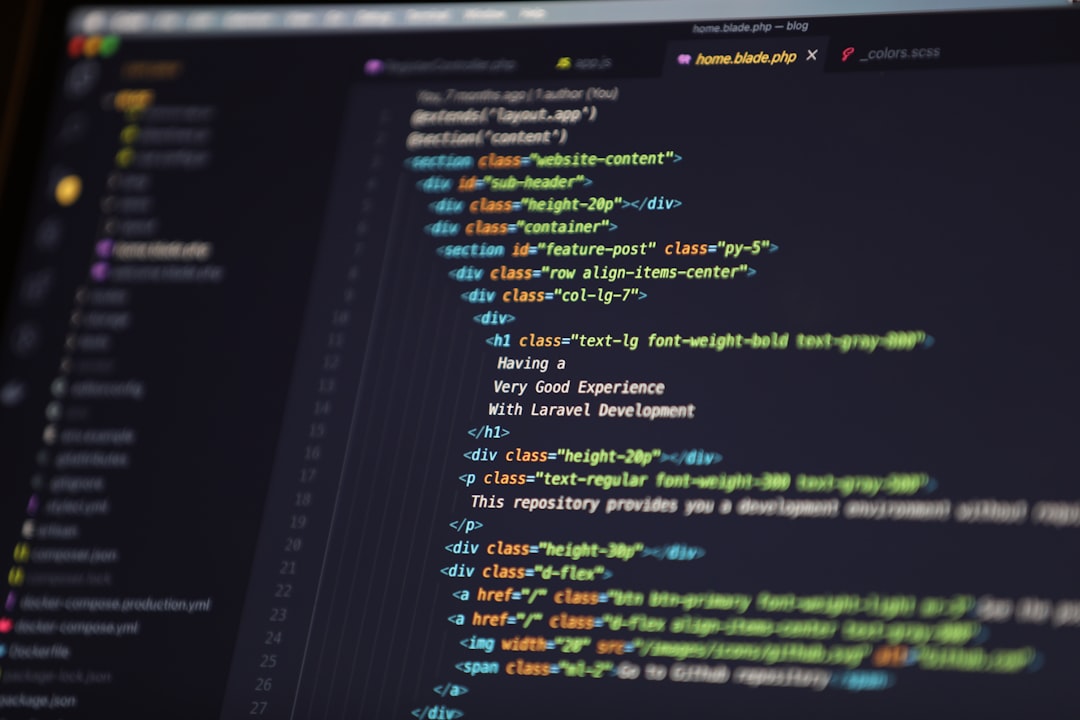Environmental cleanup is a crucial aspect of addressing the growing environmental challenges our planet faces today. As industrialization and urbanization continue to expand, the need for effective cleanup initiatives becomes more pressing. These efforts not only help restore natural habitats but also play a significant role in mitigating the effects of pollution and climate change.
One of the primary concerns of environmental cleanup is the removal of contaminants from soil, water, and air. Industrial activities, agricultural runoff, and improper waste disposal have led to significant pollution in these areas. Cleanup projects aim to remediate these issues through various methods, such as bioremediation, chemical treatment, and physical removal. Each method has its own benefits and limitations, and the choice often depends on the specific environmental conditions and the type of pollutants present.
Another essential aspect of environmental cleanup is the restoration of ecosystems. Human activities have disrupted natural habitats, leading to the loss of biodiversity. Cleanup efforts often include reforestation, wetland restoration, and the creation of green spaces to help reverse these effects. These initiatives not only support wildlife but also provide numerous benefits to human communities, such as improved air quality and recreational opportunities.
Public awareness and participation are vital components of successful environmental cleanup efforts. Community involvement can significantly enhance the effectiveness of these projects, as local residents are often the most familiar with the environmental issues in their area. Initiatives such as community cleanups, educational programs, and volunteer opportunities encourage people to take an active role in protecting their environment. By fostering a sense of responsibility and stewardship, these efforts can lead to more sustainable practices and long-term environmental benefits.
Moreover, the role of technology in environmental cleanup cannot be underestimated. Advances in technology have led to more efficient and cost-effective methods for detecting and removing pollutants. For instance, drones and satellite imagery are now used to monitor environmental conditions and identify areas in need of cleanup. Additionally, new materials and techniques are being developed to improve the efficiency of cleanup processes. These technological innovations are crucial for addressing the complex and evolving nature of environmental pollution.
For those interested in learning more about how these initiatives are put into practice, the environmental cleanup services provided by specialized organizations offer insightful examples. These services encompass a wide range of activities, from hazardous waste disposal to ecological restoration projects, showcasing the diverse approaches required to tackle environmental challenges.
Policy and regulation also play a significant role in guiding environmental cleanup efforts. Governments around the world are implementing stricter regulations to prevent pollution and promote sustainable practices. These policies often include incentives for companies to reduce their environmental footprint and penalties for non-compliance. By setting clear standards and guidelines, regulations help ensure that cleanup efforts are consistent and effective.
Finally, international cooperation is essential for addressing environmental issues that cross borders. Pollution and climate change are global problems that require collaborative solutions. International agreements and partnerships facilitate the sharing of knowledge, resources, and technologies to enhance cleanup efforts worldwide.
For additional insights and resources on environmental cleanup, you can visit this website. It offers valuable information on current projects and initiatives aimed at creating a cleaner and more sustainable world.
In conclusion, environmental cleanup is a multifaceted and ongoing effort that requires the collaboration of individuals, communities, governments, and organizations. By taking action today, we can work towards a healthier and more sustainable future for our planet.





